The Pros and Cons of iPhone 17 Pro
The arrival of the iPhone 17 Pro marks another important moment in the premium smartphone market. As the latest model in the Pro line, this phone carries high expectations and introduces several new technologies that set it apart from its predecessor.
The iPhone 17 Pro is now officially available alongside the iPhone 17, iPhone 17 Air, and iPhone 17 Pro Max. Many people wonder whether the iPhone 17 Pro is worth considering. We hope that the summary of its strengths and weaknesses below can help you make a better decision!
Pros of iPhone 17 Pro
The iPhone 17 Pro brings several strong points that make it attractive in the market. Here are the key highlights.
1. OLED Display with Dolby Vision

The iPhone 17 Pro uses a 6.3-inch Super Retina XDR OLED panel supported by LTPO technology that enables an adaptive refresh rate of up to 120 Hz. Text, icons, and other visual elements look very sharp. Movements on the screen feel smooth during social media use, reading, or gaming.
Brightness levels reach 1000 nits during normal use and can peak at 3000 nits during HDR playback or outdoor use under sunlight.
GSMArena’s tests confirm this. The display’s automatic brightness reaches 1000 nits across the entire panel and nearly 2800 nits in a smaller area. It is noticeably brighter than the previous model, especially when used outdoors for video streaming.
The display supports HDR10 and Dolby Vision. Both features improve the viewing experience with higher contrast and wider colour coverage. Photos and videos look more vivid, which is great for watching films or editing content. The HDR feature now works even when content is not in full-screen mode, so the experience feels more flexible.
ProMotion technology also plays a key role. The LTPO panel allows the refresh rate to drop to 1 Hz for static images or always-on mode. It rises instantly to 120 Hz during scrolling or gaming. This system keeps animations smooth and helps the phone stay power efficient.
Apple includes Ceramic Shield Glass 2 with an anti-reflective coating. The new version feels sturdier and improves screen visibility under bright light when compared to the iPhone 16 Pro.
2. Good battery life

The iPhone 17 Pro carries a 3,988 mAh battery, which is a clear increase over the iPhone 16 Pro’s 3,582 mAh capacity. This gives enough headroom to support the 120 Hz screen and A19 Pro chipset. Daily use feels more durable, especially during mixed activities such as social media, photography, and navigation.
GSMArena reported an Active Use Score of about 15 hours and 23 minutes. This result comes from a combination of calling, browsing, video playback, and gaming.
The iPhone 16 Pro reached about 14 hours and 17 minutes in the same test. The improvement is most noticeable during video playback and gaming. Browsing is slightly lower and call duration stays average.
Apple uses the USB Power Delivery standard with AVS support. This system lets the phone negotiate voltage and current more flexibly with modern chargers.
Apple claims the iPhone 17 Pro can reach 50 percent in 20 minutes when paired with the latest 40 W adapter. GSMArena tested the phone with a 45 W USB-C PD charger and recorded about 70 percent in 30 minutes. A full charge takes around 1 hour and 18 minutes.
The iPhone 16 Pro only reached around 58 percent in the same 30-minute test. This shows that the iPhone 17 Pro not only improves battery capacity and endurance but also speeds up charging. It supports fast charging via USB-C PD up to about 35 W and wireless charging via MagSafe or Qi2 up to 25 W.
3. Fast Performance with the A19 Pro SoC
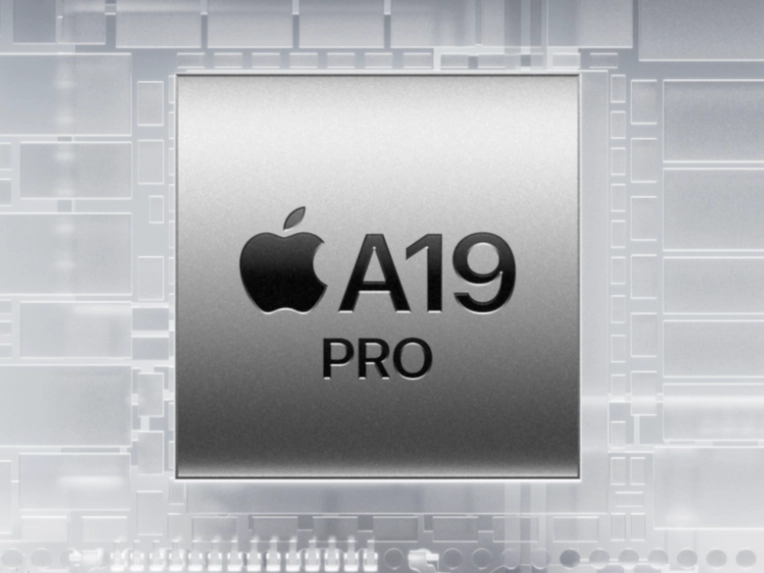
The iPhone 17 Pro uses Apple’s fastest chipset yet, the Apple A19 Pro, built with 3 nm fabrication. This is the highest variant in the A19 lineup and it also powers the iPhone 17 Pro Max.
It sits above the standard A19 in the iPhone 17 and performs slightly better than the A19 Pro version in the iPhone Air. The difference comes from the GPU. The iPhone 17 Pro has a 6-core GPU, while the iPhone Air only has 5 cores.
The SoC features a 6-core CPU with two performance cores up to 4.26 GHz and four efficiency cores at 2.6 GHz. It also carries a 6-core GPU that supports hardware ray tracing. This combination handles heavy games and creative workloads with ease.
The chipset includes a 16-core Neural Engine for Apple Intelligence features. Apple pairs the A19 Pro with a new vapor chamber cooling system that works with the aluminium unibody to spread heat more evenly.
Memory also receives an upgrade. The iPhone 17 Pro now uses 12 GB LPDDR5X RAM, an increase from 8 GB on the iPhone 16 Pro. Storage options include 256 GB, 512 GB, and 1 TB of NVMe.
GSMArena recorded clear improvements over the iPhone 16 Pro. In Geekbench 6, the iPhone 17 Pro delivered about 14 percent higher single-core results and 20 percent higher multi-core results. App launches, multitasking, and light editing feel quicker, especially for users coming from older models.
The phone reached around 2,430,000 points in AnTuTu v10. The iPhone 16 Pro previously sat around 1,870,000 points. GSMArena described this 30 percent gain as an uplift that reflects real-world use.
The cooling system works well and helps keep temperatures in check, which leads to better power efficiency. Activities such as web browsing, 4K video editing, and local AI processing run smoothly on this chipset.
4. Good Rear Triple Camera Photo Quality
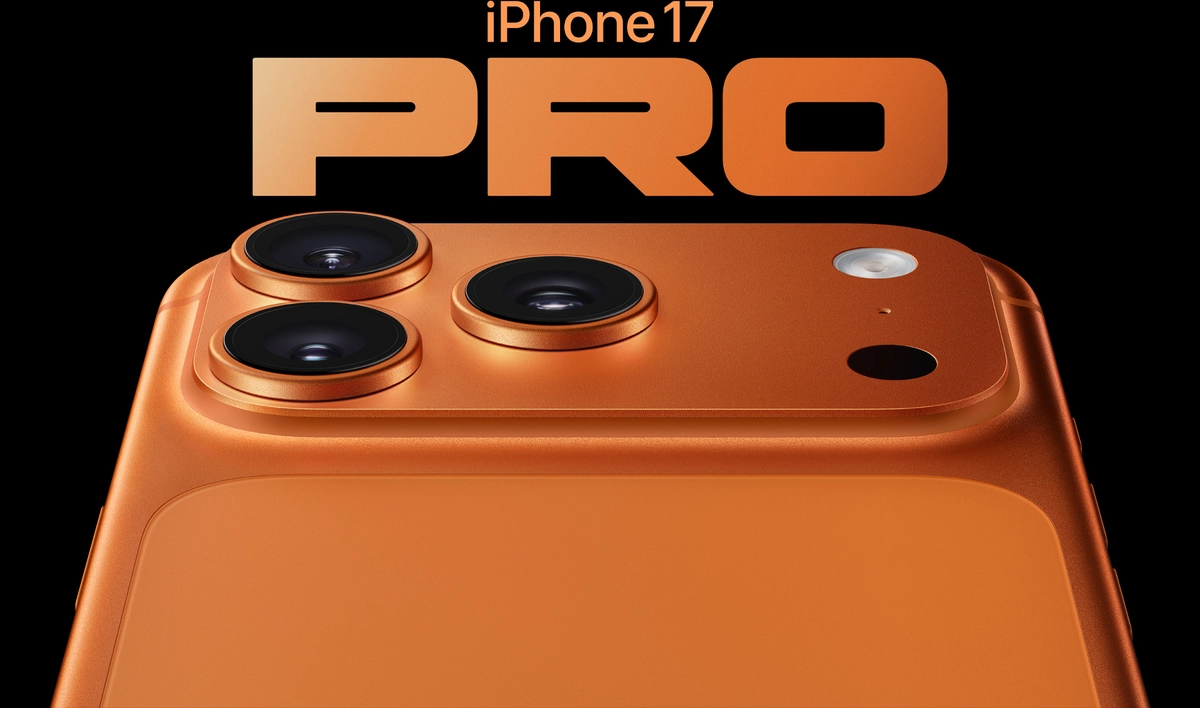
The iPhone 17 Pro carries three 48 MP cameras on the back. The main, ultrawide, and 4x telephoto cameras can capture both 24 MP and 48 MP photos.
GSMArena noted an improvement in colour science on the main camera compared to the iPhone 16 Pro. Colours look more vivid but stay accurate. Detail in 24 MP photos is high and the contrast and dynamic range feel wide.
However, they also observed a tendency for the software to soften facial detail and push skin tones into warmer territory in certain lighting conditions.
The upgraded 2x mode on the main camera now delivers better detail than before. The 12 MP results work well as an everyday portrait option and don't feel like low-quality digital zoom.
Low-light performance is solid. The main camera captures a range of night scenes, including dim streets and rain. Not only that, the ultrawide camera performs well too. Its 48 MP sensor produces good photos, even in darker environments.
The biggest improvement comes from the telephoto periscope camera. It now uses a 48 MP sensor, which brings resolution parity across the entire camera system.
The lens has a 100 mm focal length and an f/2.8 aperture. Long-distance shots look more stable and sharper due to the addition of PDAF and OIS. Both features help maintain clarity when zooming far away. Apple adjusts the optical zoom range to 4x on this model. The iPhone 16 Pro previously offered 5x optical zoom.
5. Good and Flexible Front Cameras for Selfies
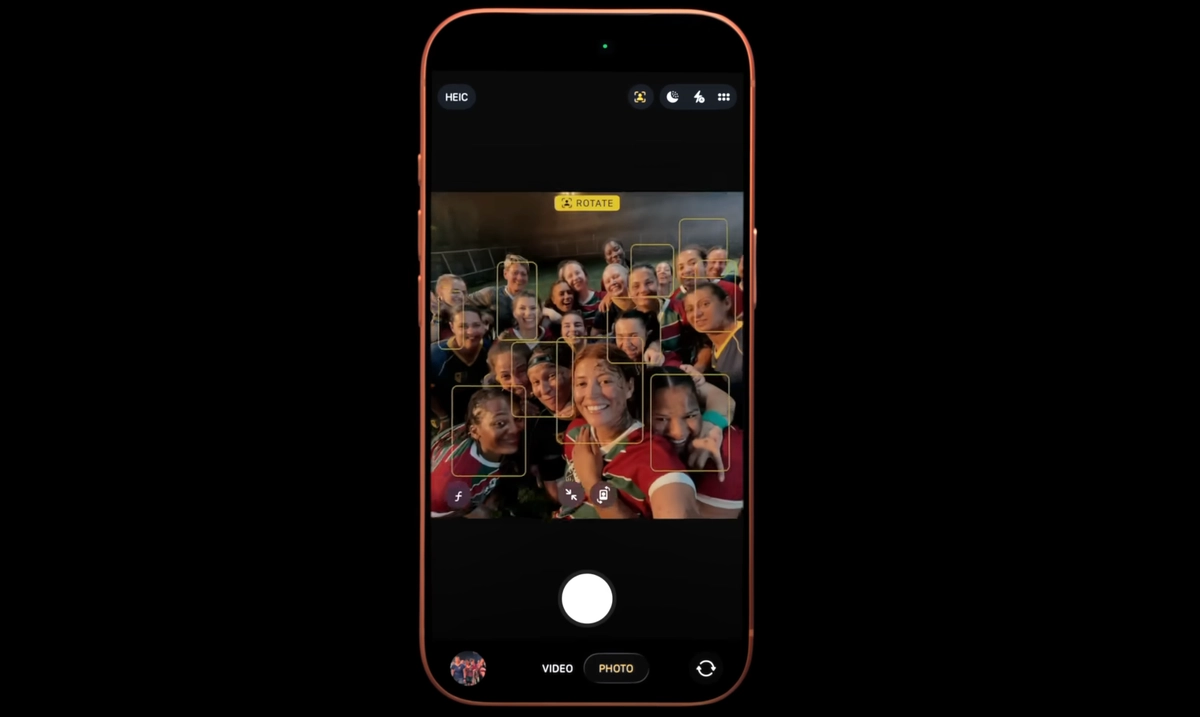
The iPhone 17 Pro uses an 18 MP f/1.9 front camera with autofocus and a multi-aspect square sensor. GSMArena said that its sharpness is similar to the iPhone 16 Pro when viewed at 1:1. The difference comes from the wider field of view and the higher pixel count.
This wider field of view helps users fit more people or a larger background in one shot without stepping back. It also allows landscape-style selfies without rotating the phone.
The new front camera plays an important role in the iPhone 17 Pro’s overall camera upgrade. Centre Stage support can widen the frame and adjust orientation automatically during group selfies.
The system changes the experience of taking selfies. Users can hold the phone upright and let the software manage the composition for group shots.
The improvement over the 12 MP camera on the iPhone 16 Pro feels obvious in daily use. Faces stay sharp, and the wider frame gives more space on each side for group selfies. Users can also enjoy landscape-style selfies without losing quality.
6. Excellent Video Recording Quality

The iPhone 17 Pro delivers a complete video recording package. All cameras support 4K recording at 24, 25, 30, and 60 fps. The main camera adds a special 4K option at 100 and 120 fps, which is useful for very smooth motion or high-quality slow-motion footage.
Dolby Vision recording is available in every mode. Professional features such as ProRes, ProRes RAW, Apple Log 2, and Spatial Video give creators the tools to produce anything from casual vlogs to cinematic projects.
Stabilisation stays active in every mode, including 4K at 120 fps. This keeps footage steady during walking or vehicle shots.
The iPhone 17 Pro shows stronger consistency across the three rear cameras compared to the iPhone 16 Pro. All three now use 48 MP sensors, so switching lenses during recording feels smooth with no obvious shift in color or image character.
For serious creators, features such as 4K Dolby Vision, Log, ProRes, and Genlock make the iPhone 17 Pro feel like a professional video platform.
For casual users, it remains simple and practical. Auto mode is stable, Spatial Audio sounds clear, and the camera interface feels straightforward for recording daily moments without technical adjustments.
7. Excellent Body Durability

The iPhone 17 Pro delivers strong durability. Its display uses Ceramic Shield Glass 2, which is sturdier than the previous version. The phone also uses a unibody aluminum design. This structure improves durability and works together with the vapor chamber to manage heat more effectively.
The durability doesn't stop there. The iPhone 17 Pro carries an IP68 rating that guarantees full dust protection. Its water resistance is also impressive. The phone is designed to remain functional in up to 6 metres of fresh water for 30 minutes.
This level of protection deserves appreciation. Many phones also carry IP68 certification but only gives water resistance up to 3 meters.
The ability to withstand a depth of 6 meters is a key factor behind the strong durability of this phone. Only a few devices offer this capability, although more brands may reach this standard in the future.
Cons of iPhone 17 Pro
There are a few points that users need to pay attention to. Here are some of them:
1. iOS 26 and AI Capabilities Need Improvement
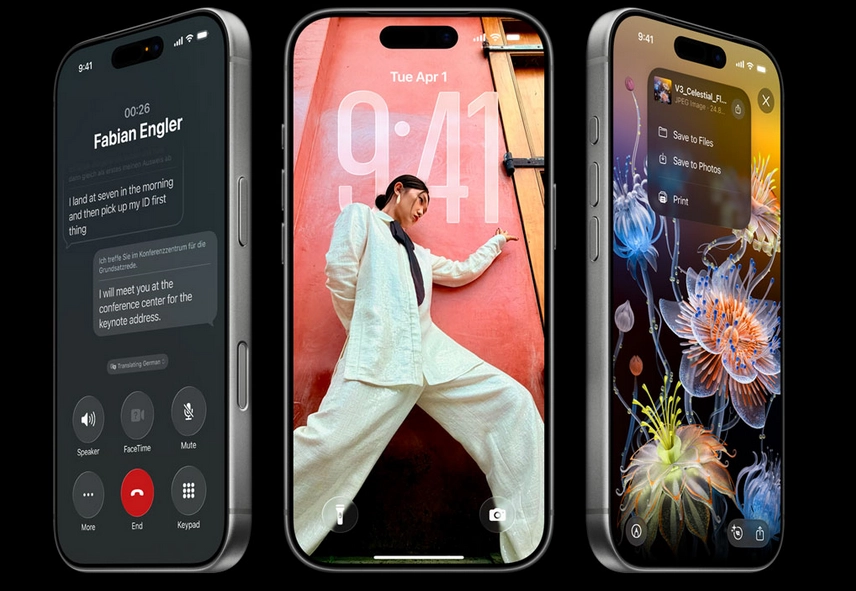
The iPhone 17 Pro uses iOS 26, which introduces a major visual update called Liquid Glass. This new interface has received praise for its modern and polished appearance.
The problem lies in the user experience. Many users feel that the OS is not more intuitive or friendly. Some say the new design feels overwhelming and the heavy transparency often creates confusion.
The same situation applies to Apple Intelligence. Apple’s AI still trails behind competitors in 2025. Its capabilities do not match what Google Gemini or OpenAI offer.
Some features such as Clean Up for photo editing are impressive, but reviewers like TechRadar still want Siri to feel more aware of context and more conversational. These issues are not permanent drawbacks, though. Apple can still improve the software through future updates.
2. Design Changes That Create Mixed Reactions
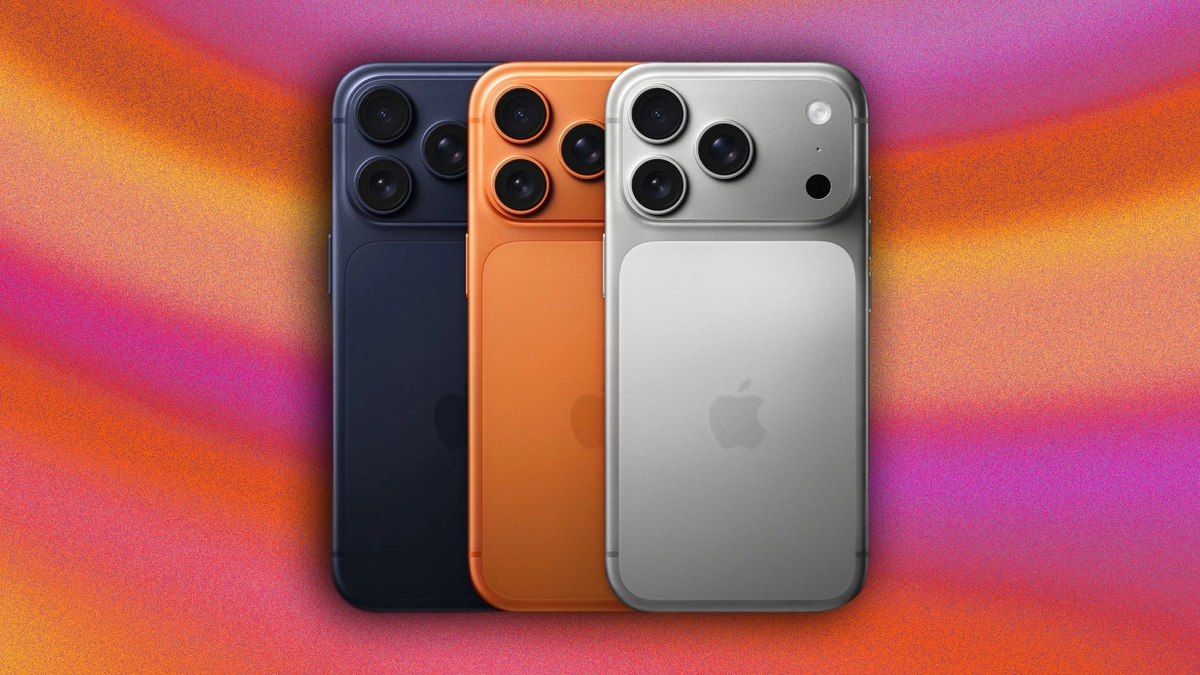
One of the more debated aspects of the iPhone 17 Pro is its design. Apple finally refreshed the appearance after several years, but the changes feel minor. The new look may not appeal to everyone. Some users also think the design resembles the POCO M series.
Another topic of discussion is the shift from titanium back to aluminum. Titanium was a premium material, but Apple returned to aluminum to improve heat dissipation. This decision sparked mixed reactions even though it benefits temperature control.
3. Telephoto Camera Could Deliver More
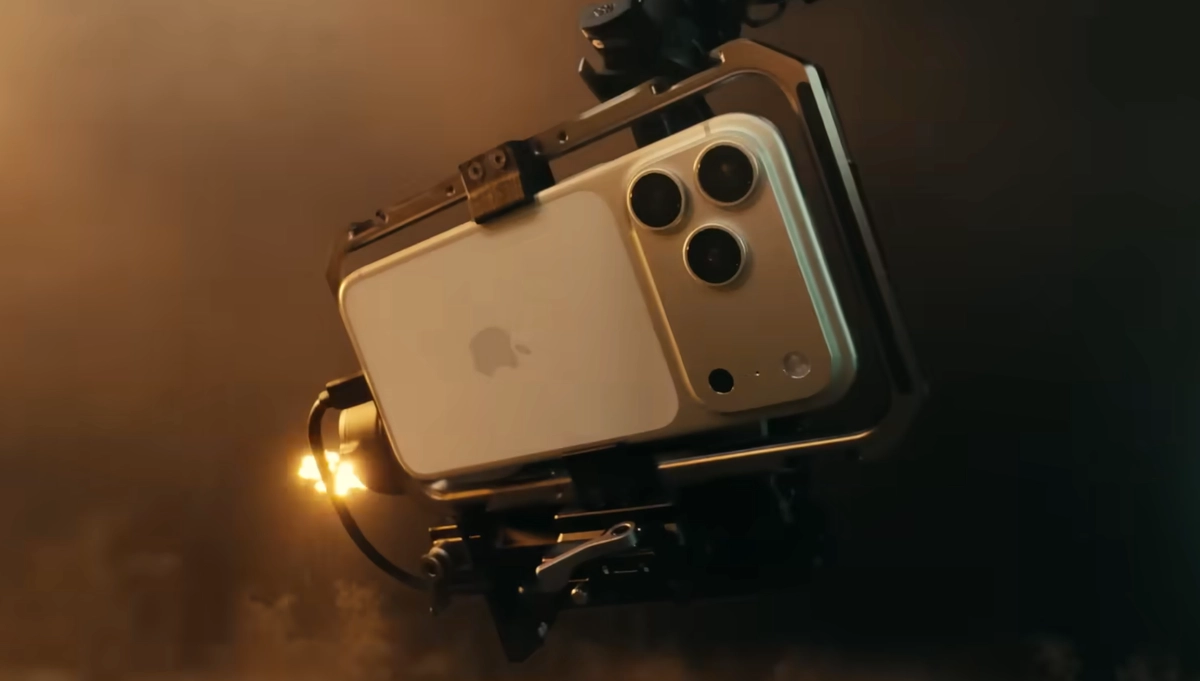
The iPhone 17 Pro introduces a 48 MP telephoto sensor with a 4x (100 mm) lens, replacing the 12 MP 5x configuration from the previous generation. On paper, the upgrade looks significant. In daily use, the results are good enough. The telephoto photos have decent detail, color, and dynamic range.
The issue is the lack of a clear leap forward. The images do not feel special. Sharpness drops when zoomed in and some textures look processed or artificial.
The improvement does not feel dramatic and does not place the telephoto camera far ahead of what the iPhone 16 Pro offered.
Conclusion
The iPhone 17 Pro stands out through its hardware. Users who want strong performance, long battery life, and high-level video recording will appreciate what it offers.
The experience is slightly held back by iOS 26, which still feels confusing, and by AI features that lag behind rivals. Apple can still fix these issues through upcoming updates, so they should not be a major concern. The phone also receives long-term software support.
So, should you upgrade? Users of the iPhone 15 Pro or older models will feel a major improvement in almost every aspect. The upgrade is worth it. However, users of the iPhone 16 Pro will not feel a significant difference, so upgrading is not necessary.
